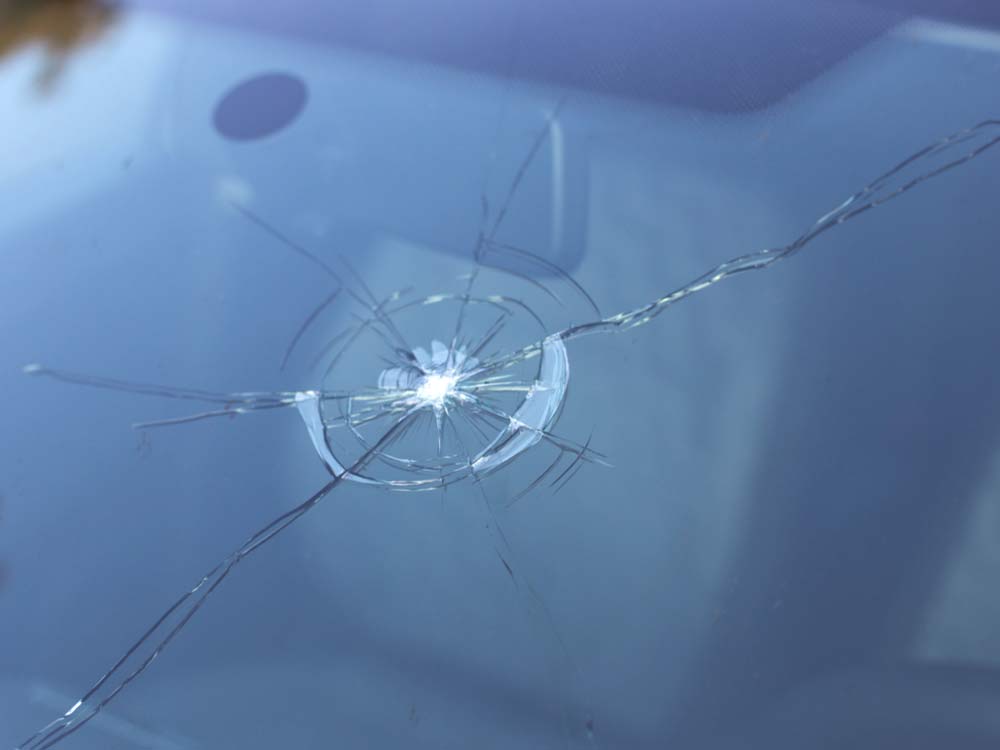Battery reconditioning is a procedure that promises to renew your battery to at least 70% of the original power, save you money, and help the environment at the same time. But as the saying goes, if it’s too good to be true, it probably is. So it’s no surprise the question “does battery reconditioning work?” gets thrown around a lot.
The simple answer is yes, it does work. Battery reconditioning can give your battery around one year of life and up to three years if you repeat the process three times. But how does it work? Let’s find out.
What Causes Battery Degradation in the First Place?
There are many causes of early battery degradation, with sulfation being one of the primary ones. The phenomenon involves a build-up of lead sulfate crystals in the pores and on the surface of the active material of a battery’s lead plates, leading to reduced capacity and eventual battery failure.
But sulfation is not an aging process. It’s a consequence of batteries being left standing for long periods of time undercharged, overcharged, or in storage temperature above 75 degrees.
The real determinant of battery life expectancy is corrosion, affecting 95% of automotive units, according to BatteryVitamin.net. Mild corrosion, accompanied by active material shedding, causes batteries to wear out after many productive years (its lifespan pretty much).
Corrosion is, in fact, a normal, expected process because the lead-acid concept is dependent on it. Think of it like iron being oxidized or turned into rust. Except this “rusting” happens during charging and is necessary to bring life to the active material of the electrodes, which you could say stores the battery’s power.
How Does Battery Reconditioning Work To Solve the Problem?
If all batteries will eventually fail due to corrosion, how does battery reconditioning work to reverse it?
The basic reconditioning process (link in the introduction) helps remove visible corrosion and replace the worn electrolyte solution to restore most or all of the battery’s original capacity. It involves using baking soda, Epsom salt, and distilled water to clean up the terminals and renew the battery fluid.
The end result is a battery that can serve for another year or even more when the process is repeated.
How Does Reconditioning Differ From Recharging
There are basic processes that can be performed on lead-acid batteries to keep their performance as high as possible, including recharging and reconditioning. But how does one differ from the other?
In simple terms, recharging a battery involves restoring the charge capacity to the maximum. Think of it like filling up your phone when the battery is low or dies completely.
Reconditioning, on the hand, involves restoring the original state and extending the useful life of a battery that’s already at the end of its operating life.
What Batteries Can Be Reconditioned?
Battery reconditioning works fine with lead-acid batteries, but they’re not the only ones. Reconditioning can be performed on lithium-ion, NiMH, or NiCad laptop batteries. Hybrid batteries on electrical vehicles can also be renewed. However, each battery type has a unique reconditioning process due to chemical variations.
Battery Reconditioning: What’s the Limit?
Now you know that battery reconditioning really works. But it’s not an endless process. Do it up to three times, and you could get approximately three more years out of your battery. After that, it’s time to get a new one.



